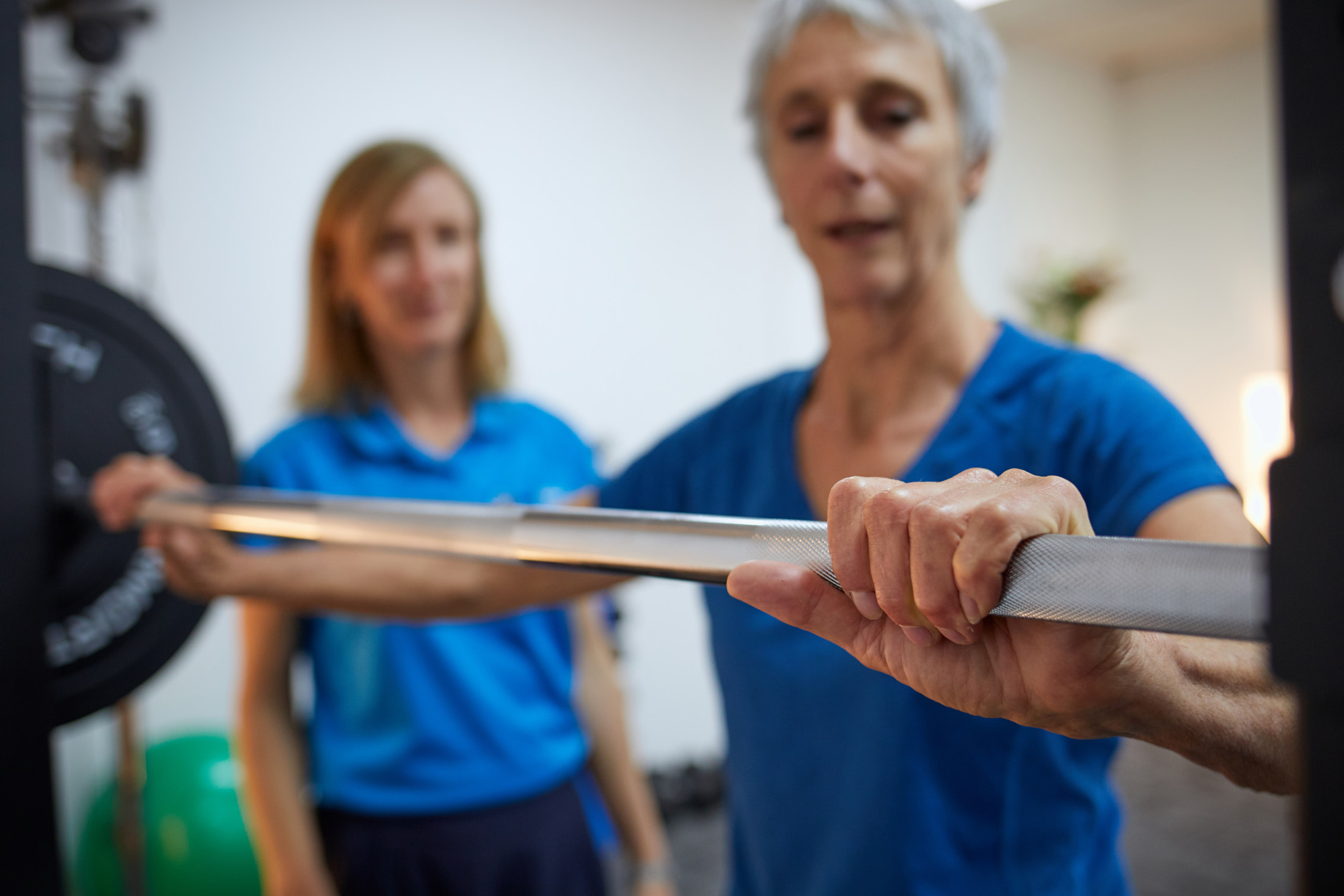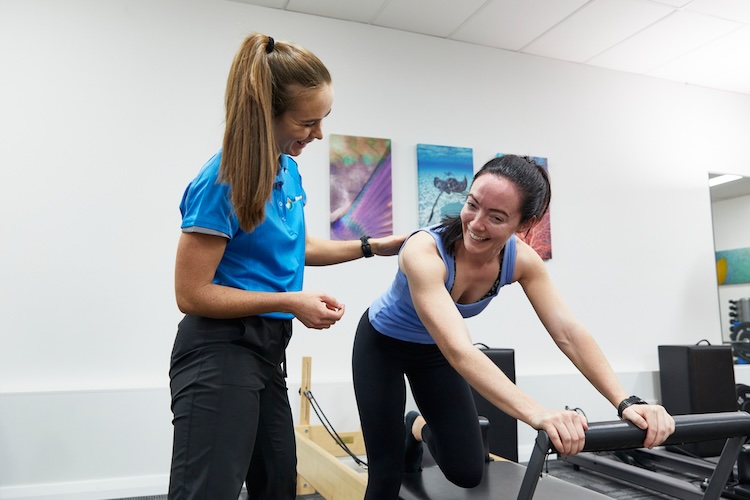As Earth spins from day to night, most of us naturally fall asleep. But approximately 40-50% of all Australians at any one time experience insomnia or sleep disturbance. Largely attributed to our 24/7 society, scientists are calling it the ‘silent epidemic of the 21st century’.
Collectively as a planet, lack of sleep has huge economic, health and social costs. Sleep deprivation is associated with many chronic diseases, including diabetes, hypertension, anxiety, depression and pain. This blog explores how we sleep and discovers ways of overcoming insomnia naturally.
What is insomnia?
Insomnia is defined in 3 ways, sleep latency (taking more than 30 minutes to fall asleep); sleep efficiency (less than 85% time asleep versus time in bed); and sleep disturbance (occurring more than 3 times a week).
Sleep disorders may be primary where there is no attributable medical cause or secondary where there is a physical e.g. restless legs or pain; physiological e.g. hormone changes in peri-menopause; or psychiatric e.g. anxiety.
Lifestyle and Sun Cycle
A healthy 24 hour sleep-wake pattern (circadian rhythm), is kept in sync by the sun, and is essential for our physical and mental health. Sunlight detected by the retina signals through the optic nerve to the suprachiasmatic nucleus (SCN), our internal ‘master clock’.
Circadian rhythm allows the body to move between sleep and wakefulness, and is associated with changes in anabolic/alkaline state during sleep and catabolic/acidic state during wakefulness. (2)
Our wakefulness state is characterised by higher levels of cortisol and other physiological processes to optimise alertness, productivity and activity. As the sun sets and darkness emerges our 24 hour clock turns to sleep mode where melatonin is released and sleep, rest and rejuvenation ensues. The efficiency of this highly sophisticated 24 hour clock relies on distinct dark and light hours and can be set forward or backward, especially by blue light. This short wave light is characteristic of the midday sun and our computer screens.
Instead of having an environment and lifestyle where there is clear day and light, we extend our days with electric light, and overexpose ourselves to blue light through TV, computers, tablets and smart phones in excess. The consequence of our “en-lightened” modern living is a tired society where chronic diseases are rapidly becoming our biggest health challenge. Light levels but also social cues, stress hormones and melatonin all play key modulatory roles in sleep. (1)
“Sleeping is no mean art; for its sake one must stay awake all day.”
Friedrich Nietzsche
Sleep, health and consciousness
Sleep helps us to maintain memory, consciousness and physical survival. It is one way the brain integrates sensory (both internal and external) input received from our daily experience of living. Our requirements for sleep change throughout the lifespan. But for optimal health an adult aged between 24-64 yrs old needs 7-9 hours’ sleep each night.
1,2,3,4 …every minute counts
Each night we descend into a deep coma like unconsciousness. Starting with the non-REM stages 1 and 2 when our brain sorts memories and experiences from the day, we slip into stages 3 and 4 where many of our bodies restorative processes happen. We then have a moment of wakefulness, and 5-20 minute REM sleep. A full cycle of non-REM / REM sleep lasts about 90 minutes and with each cycle, the REM time roughly doubles.
REM blast off
REM sleep is the realm of our deep wild unconscious selves, where dreams and madness prevail. Madness because our dreams like hallucinations are real but distorted and we fully believe what we see, hear, feel and experience.
During REM sleep the brain is ‘defragged’ (like a computer), clearing working memory and improving how we process information in readiness for our next lucid ‘wake state’. This nightly ‘sorting and clearing’ process serves to help a person make sense of their daily experiences and to live more consciously.
The longer you sleep the more REM sleep is gained and more time for the brain to ‘defrag’. So getting more than 5 and ideally 8 solid hours sleep a night is vital for one’s health, function and vitality.
Getting a good night’s sleep naturally
Complementary medicines and non-pharmaceutical approaches are popular among people looking for effective treatment that have no side effects, withdrawal symptoms, risk of dependency and overdose.
A naturopathic approach using herbal medicines, nutrition and lifestyle identifies underlying factors, provides symptomatic relief and addresses concomitant factors affecting other systems of the body such as digestive, nervous, endocrine and immune systems.
An occupational therapy approach focuses on occupational engagement and satisfaction in life. They address environmental and bio-psycho-social factors affecting sleep. Occupational therapists help to establish a balanced “sleep-wake” rhythm that includes meaningful awake activity and restful deep night sleep.
5 Routines and Habits to adopt today
· Focus on waking at the same time each day.
· Do calming bed time activities, switch TV off
· If needed nap for max. 15 min in the day.
· Manage stress with exercise, mindfulness and meditation.
· Spend time in daylight for a dose of vitamin D and natural blue light.
5 things to change in the Bedroom
· Bed is for sleep only. No watching TV, reading, study. If not sleepy get up and out of bed.
· Sound – reduce noise especially sudden loud alarming noises. If using music to aid sleep it needs to be slow, soft, relaxing and soothing music in the range of 60 to 80 beats per minute. (www.songbpm.com can identify if your favourite music is suitable).
· Avoid blue light exposure e.g. TV, computer, ipad, clock radio, laptop screen 2 hours prior to bedtime. Or wear blue light filtering glasses in evening.
· Sleep in complete darkness – use block out blinds, if anxious or have fear of darkness use a night light (with a blue spectrum filter) or a light with a sunset setting which allows light to gradually fade, switching melatonin on and help fall asleep in fading light not darkness (Lumie body clock www.lumie.com)
· Get Comfortable – use pillows, mattress, electric beds, weighted blankets and many other aids for comfort and positioning. Especially if pain wakes you at night.
5 natural medicines to aid sleep
· Passionflower (Passiflora incarnate) – indicated for changes in GABAergic transmission. The inhibitory effect this herb has on the central nervous system is similar to the primary action of most sleep medications.
· Hops (Humulus lupulus) – modulates the melatonin receptor. Is useful for its affect soin the endocrine and digestive systems.
· Valarian (Valarian officinalis) – modulates numerous neurotransmitters including serotonin, histamine, melatonin, dopamine, GABA, noradrenaline and adenosine. Useful when there is anxiety, pain and stress affecting sleep.
· Magnesium – has a vital role in modulating the hypothalamic-pituitary-adrenal (HPA) axis.
· Blood sugar/metabolism support with herbs, nutrients and diet helps to reduce poor glycaemic control related sleep disorders.
Survival on a spinning planet
Whether we remember it or not sleep is as fundamental as food is for our survival. As humans, we spend about one-third of our lives asleep, so it’s important we get it write.
As an occupational therapist and naturopath many of my clients have complex medical presentations where it’s hard to determine which comes first; insomnia, pain, anxiety, fatigue or low motivation. It’s a puzzle which at first seems to have no beginning and no end.
An initial assessment looks at all areas of your life. My aim is to discover what things are contributing to and what things are the consequences of your sleep disturbance. Therapy then begin to help you get the balance write, day and night, so you can get a good night’s sleep and a productive satisfying day.
Copyright © Sasha Wray (2018) Next Wave Therapy Occupational Therapist passionate about helping people to live well with mental health, persistent pain and sleep disorders.
References
1. Sleep and circadian rhythm disruption in neuropsychiatric illness Aarti Jagannath1,2, Stuart N Peirson1 and Russell G Foster1
2. Oseiki, H (2009) Sleep, health and Consciousness- A physician Guide. AG Publishing:Australia






